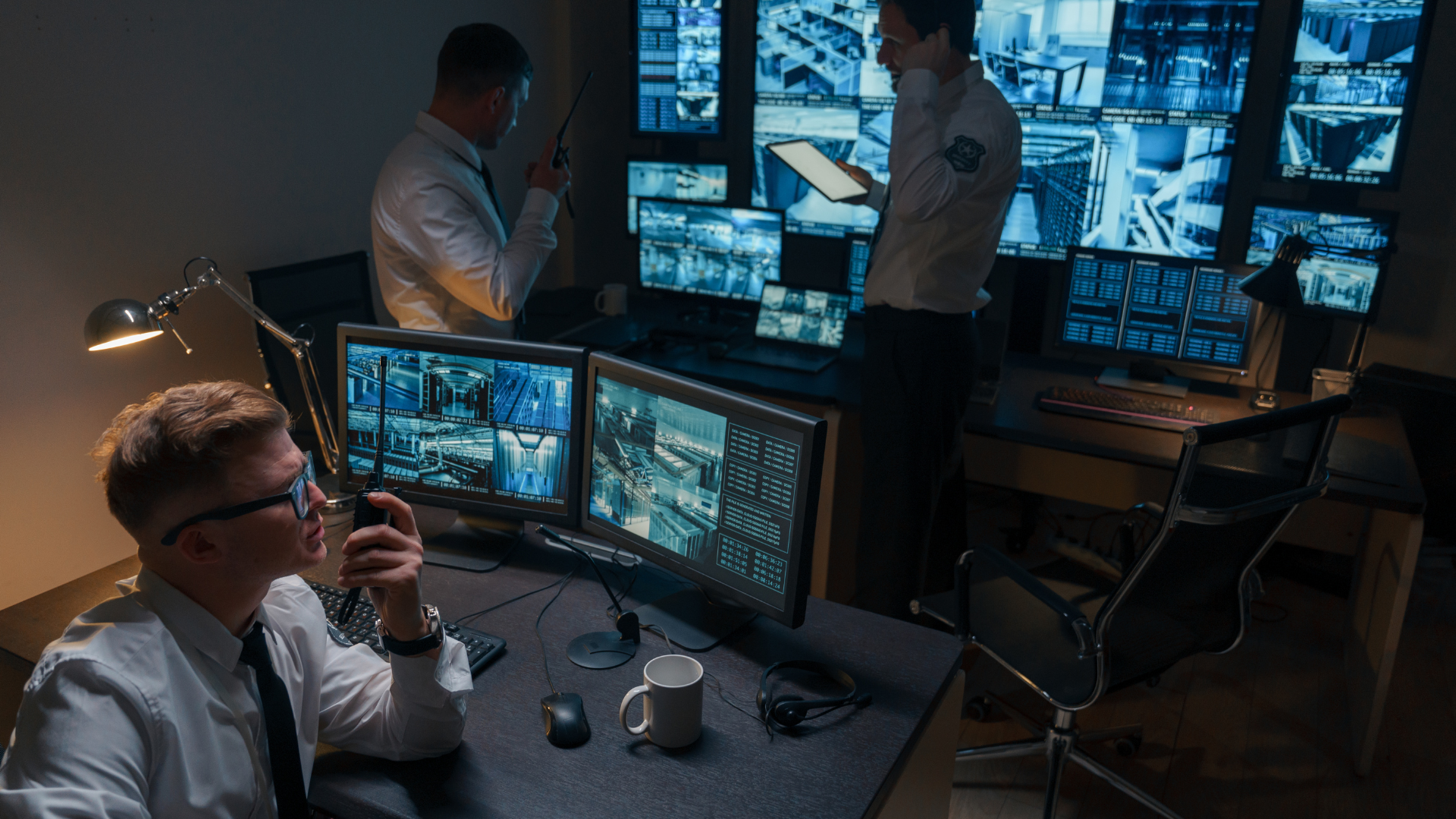How Trespassing Impacts Multifamily Property Security
CSAI Blog
READ NOW

By Ed Burnett, Brand Ambassador for Cloudastructure and retired VP for Security and Global Fraud Investigations at UPS. During his tenure, he led the largest joint UPS and law enforcement investigation in the company’s history involving 17 police jurisdictions. He went on to win California’s Investigation of the Year Award in 2019. Previously, he served as a Military Investigator for the U.S. Army in Wiesbaden, Germany. Featured in U.S. News & World Report article: What To Do If Your Package Is Stolen
"THEY did it again! I can’t believe my property has been burglarized twice in a month. My business has lost over $50,000 in equipment. One incident occurred over a weekend and the other over a long holiday. I didn’t discover the theft until I opened up on the next business day. I called the police and it took forever for them to respond. I’m so frustrated!"
Sound familiar?
This exasperated cry echoes across countless communities in the U.S. as the very infrastructure meant to protect businesses and residents buckles under growing pressure. With America’s urban centers rapidly expanding, crime is becoming more complex and public resources more strained. Nowhere is this more apparent than in the findings of the 2025 FBI report on police staffing, which paints a sobering picture of public safety's future.

Between 2019 and 2024, the FBI found that 29 of 39 U.S. cities with populations over 250,000 lost police officers. In 22 of those cities, the reduction exceeded 100 officers. Meanwhile, cities like Phoenix, San Antonio, and Charlotte grew significantly in population. The result? More residents, more incidents, and fewer police to respond.
As Jeff Asher of the crime analytics site Jeffalytics highlights in his commentary on the report, this dynamic has created a dangerous imbalance between enforcement capacity and real-world needs.
While violent crime dropped in places like St. Louis and Baltimore, property crime is surging:
For property managers and commercial operators, this creates not just financial loss, but also heightened legal liability and reputational risk.
-min.png)
Given police department understaffing, property crimes receive lower prioritization than life safety issues. When law enforcement arrives hours or days after a crime has occurred, it's too late for effective investigation.
For example:
The unfortunate reality for many citizens and businesses is a perceived, and often actual, lack of timely police response to property crimes. This leads to feelings of vulnerability, frustration, and a sense that justice is out of reach. When a car is stolen, a business is ransacked, or valuable equipment vanishes, the immediate need for evidence collection and rapid pursuit often far outpaces the limited available police units. You can't catch a thief if you don't know they're there until hours or days later.

To address these gaps, private security systems with integrated surveillance and AI monitoring have become essential. Cloudastructure is leading the charge with intelligent, cloud-based remote guarding and AI-enhanced camera platforms.

1. Real-Time Intervention AI-powered surveillance systems can detect suspicious activity before a break-in occurs. Remote guards can issue live warnings via speaker and alert authorities immediately.
2. Deterrence by Design Visible surveillance, paired with signage and smart deterrence messaging, decreases the likelihood of crime in the first place.
3. High-Value Evidence When police do get involved, high-resolution video with timestamps, facial recognition, and license plate data offers a powerful investigative advantage.
4. Augmented Law Enforcement Collaboration Private camera systems, particularly those with remote monitoring capabilities, provide law enforcement with critical leads and evidence that might otherwise be unavailable or severely delayed. Instead of officers arriving at a cold scene with no witnesses or clues, they can immediately access high-definition footage, gaining crucial insights into the crime and the suspects. This saves valuable police time and resources, allowing them to focus on active investigations and apprehensions rather than initial fact-finding.
5. Community-Level Protection Private camera systems, particularly those with remote monitoring capabilities, provide law enforcement with critical leads and evidence that might otherwise be unavailable or severely delayed. Instead of officers arriving at a cold scene with no witnesses or clues, they can immediately access high-definition footage, gaining crucial insights into the crime and the suspects. This saves valuable police time and resources, allowing them to focus on active investigations and apprehensions rather than initial fact-finding.
6. Increased ROI: With AI doing the initial sift of all video data and remote guards responding to only alerts, guards can:
-min.png)
To protect your property and community:
In today’s urban landscape, public police forces are under immense strain. As the 2025 FBI report and Jeff Asher’s analysis both confirm, property crimes are increasingly common, and police responses increasingly delayed.
As cities continue to grow and face the evolving challenges of property and non-violent crime amidst strained public resources, private security and investigation companies equipped with cutting-edge surveillance technology such as Cloudastructure’s solutions, stand ready to bridge the gap. We work hand-in-hand with law enforcement, leveraging technology and expertise, to protect residents and property, and ultimately foster safer, more secure communities.






%20(1)-min.webp)